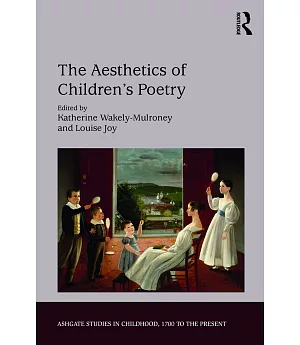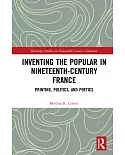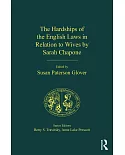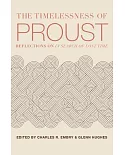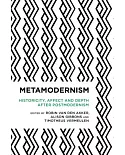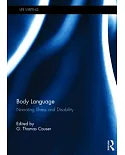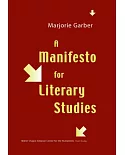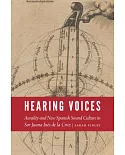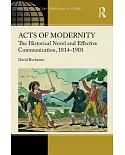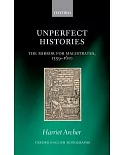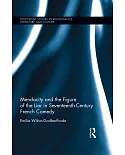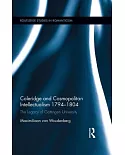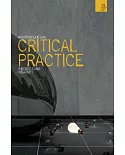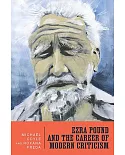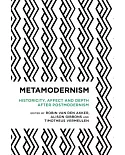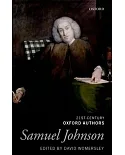Taking Isaac Watts’s Divine Songs (1715) as its point of departure, this collection gives sustained attention to the literary, aesthetic, theoretical, and philosophical dimensions of seminal
works of children’s poetry from the eighteenth century to the present. While attending to central figures of children’s poetry such as Lewis Carroll, Robert Louis Stevenson, Christina
Rossetti, A. A. Milne, and Carol Ann Duffy, the contributors also reassert the literary significance of landmark – though often marginalized – poetic works written during the past three
centuries. In spite of the enduring association between poetry as a genre and childhood as a developmental stage, children’s poetry has tended to be considered in terms of publication and
literary history rather than aesthetics. And yet, it’s the aesthetics of the genre that inform this literary history, whether it’s Isaac Watts emphasising the didactic efficacy of “like
sounds,†William Blake and the Taylor sisters reveling in the semantic ambiguities made possible by poetic language, or the authors of nonsense verse testing the limits of language’s
capacity to convey any meaning at all. Alive to the way recent educational debates echo those waged during earlier centuries, The Aesthetics of Children’s Poetry investigates the stylistic
and ideological means through which children’s poetry, in theory and in practice, negotiates or fails to negotiate the competing positions that are constantly in play.

